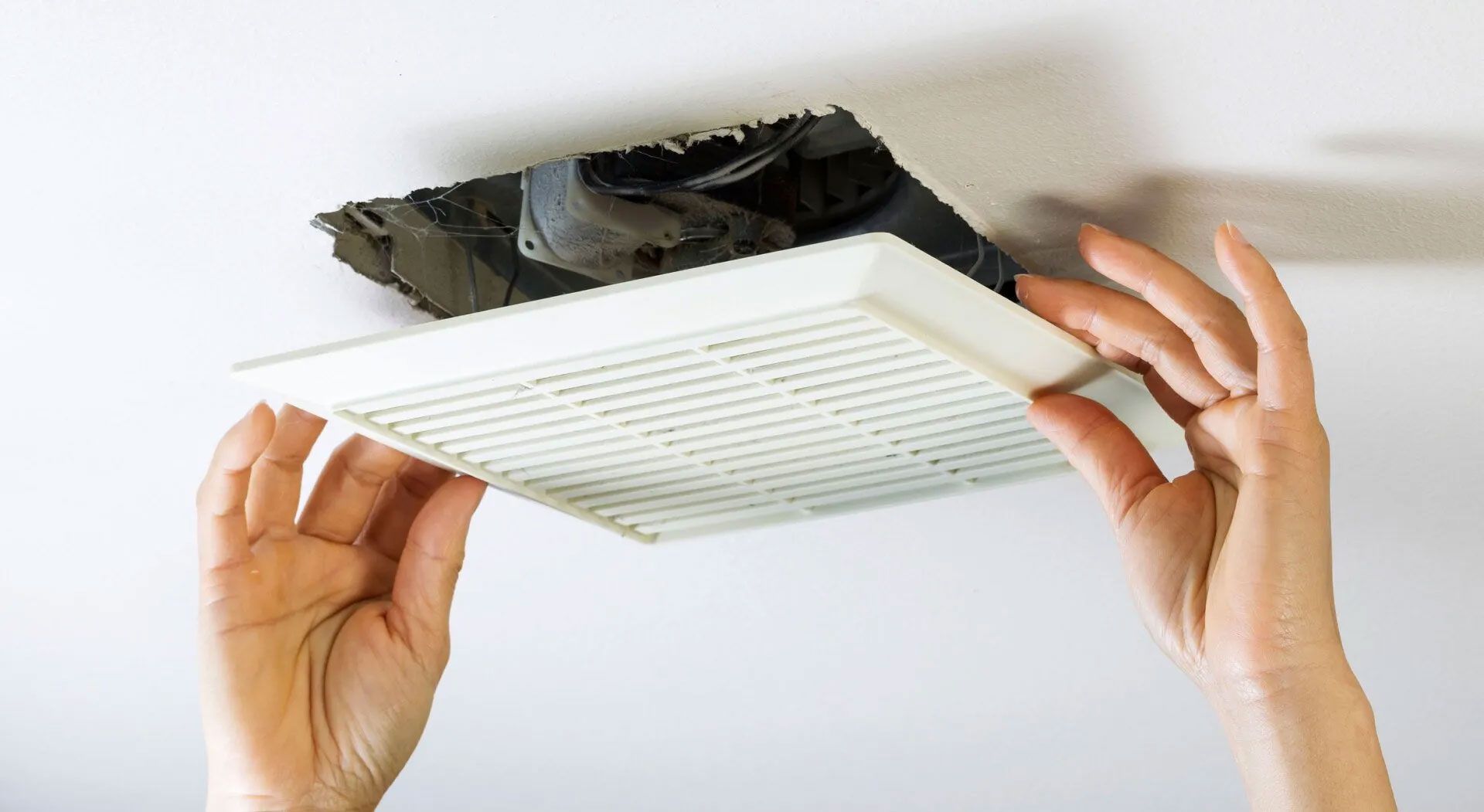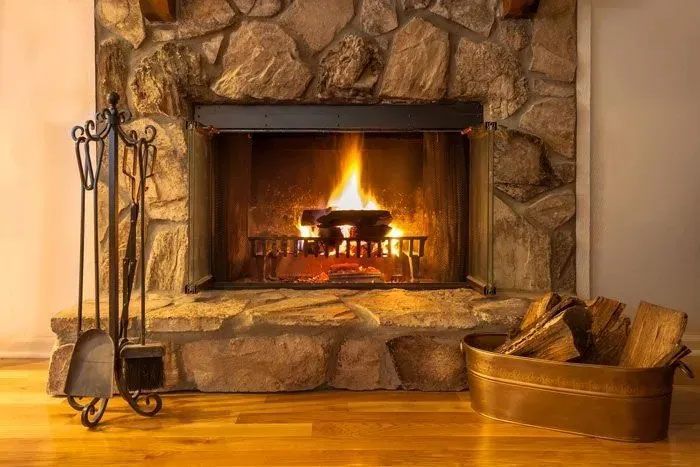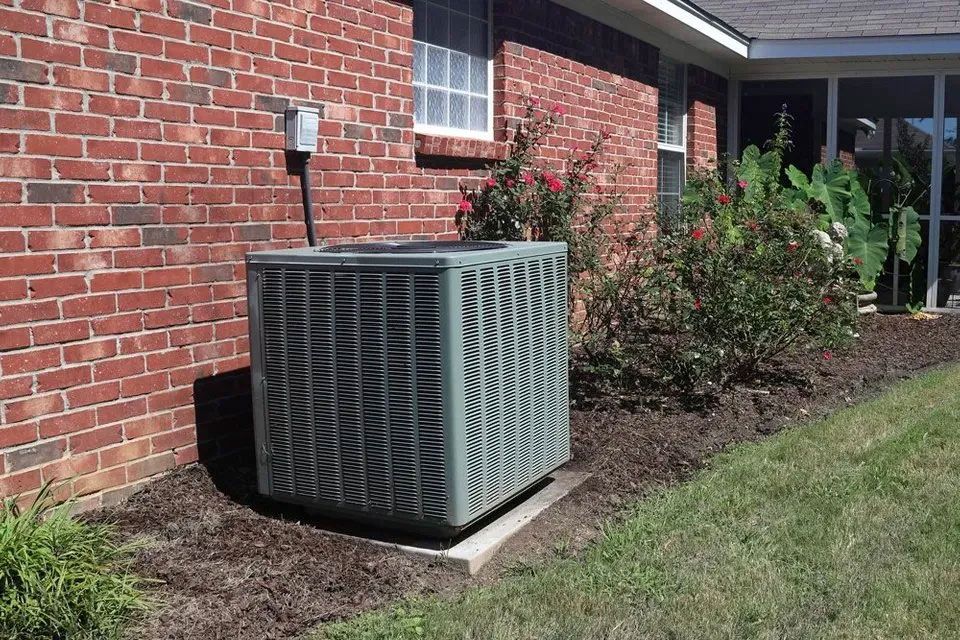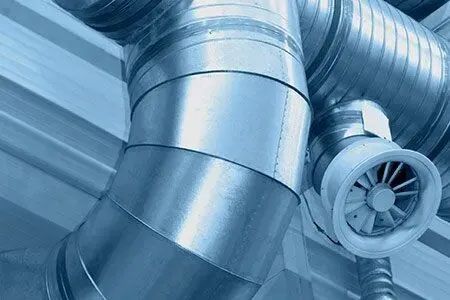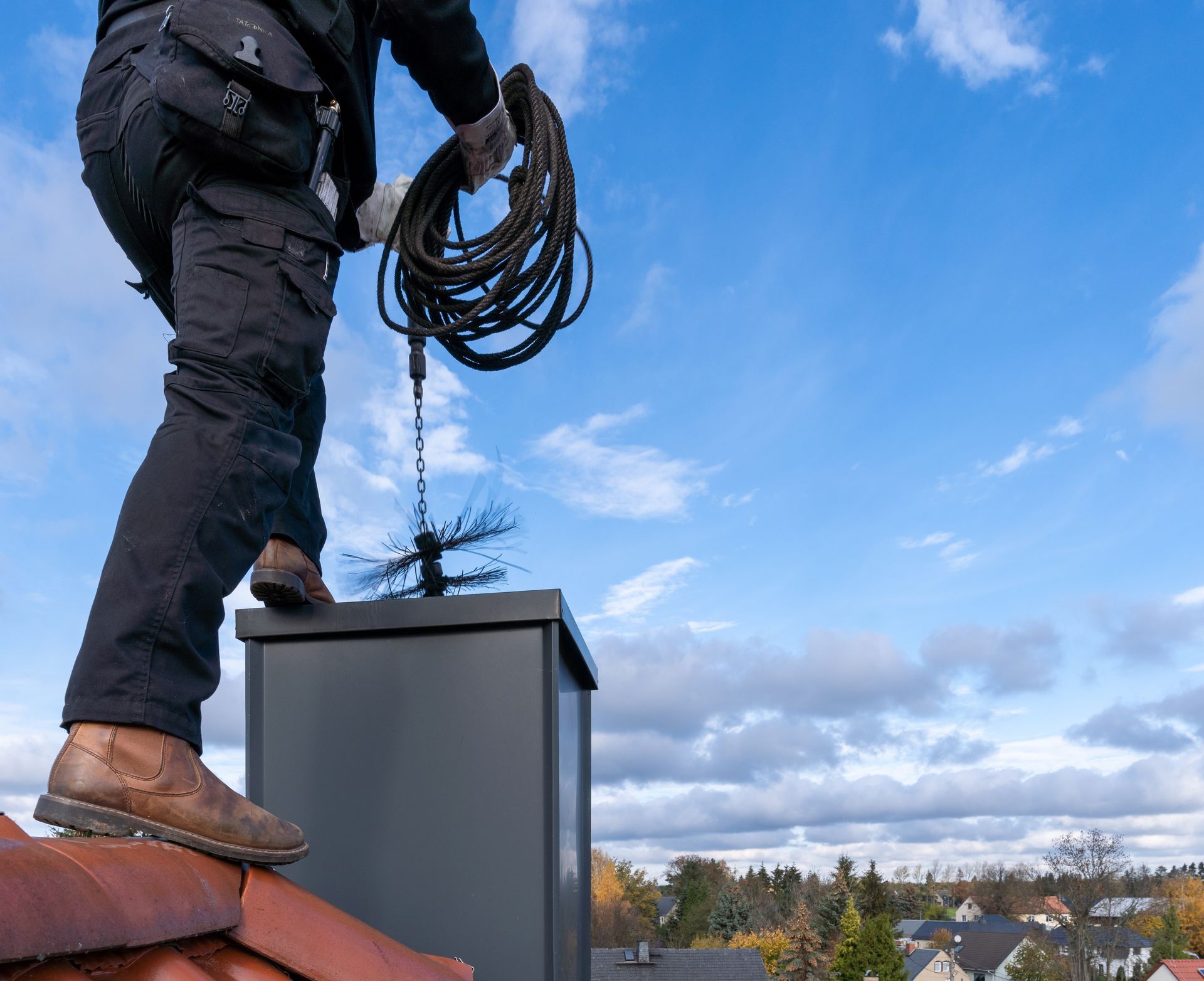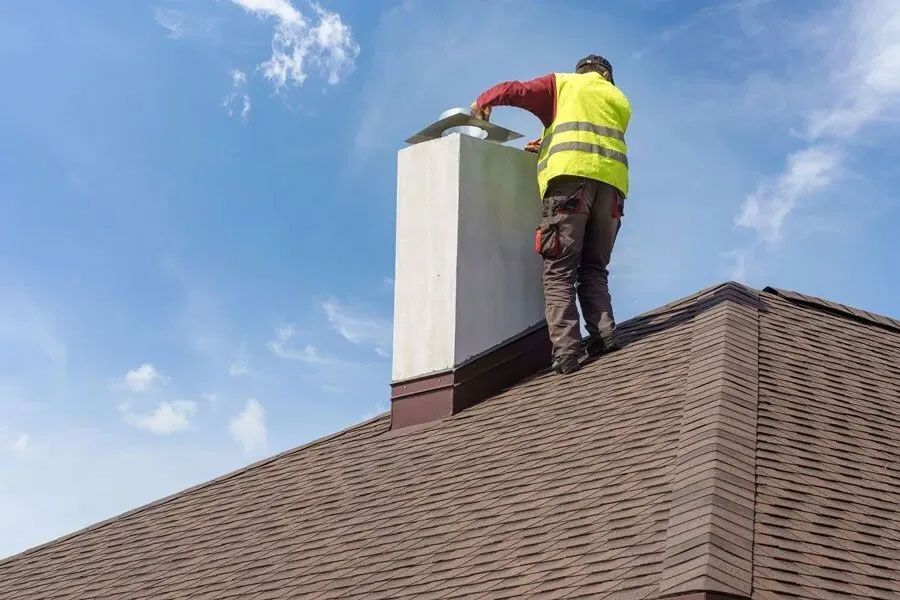What Should You Know About Your Attic Ductwork?
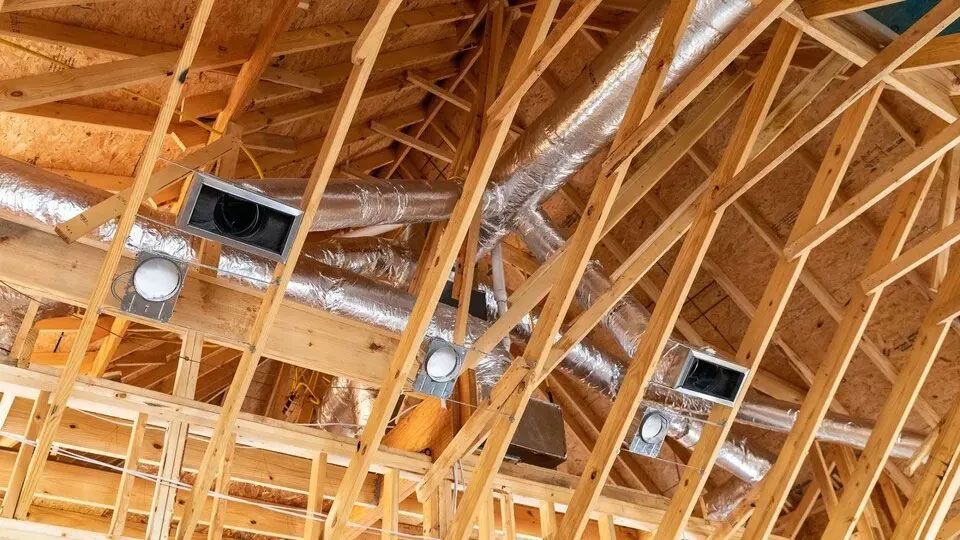
Attic ductwork may not be the ideal choice when you install an HVAC system, but you may have no other options when if you are retrofitting an older home or installing ductwork into a house that does not have space between the floors. If your home uses attic HVAC ductwork, then you may need to do some extra maintenance and cleaning to prevent future problems.
If you have not given too much thought to your HVAC ducts, consider them now. This article will outline four essential facts about your attic ductwork so that you can clean and maintain it properly.
1. Attic Temperatures Can Be Extreme
If your attic is little more than a utility crawlspace, then you may be unaware of just how hot it can get. The temperature in your attic can be as much as 50 degrees over the outside ambient temperature. During the hot Carolina summers, home attics can easily reach nearly 150 degrees or even higher.
You need to prevent the hot attic from warming the air traveling through your ducts. Leaky and improperly insulated ductwork will lose a significant amount of cold air to the surrounding space as it goes through the attic. Ignoring these issues can reduce your home's comfort level and lead to drastically increased utility bills throughout the summer.
2. Mold Is a Concern
As heat rises through your home into the attic, it carries moisture with it. Proper attic ventilation helps to deal with this issue, but condensation can gather on the relatively cold HVAC ductwork before the moisture-laden air is vented out of the space. Once the moisture condenses from the air, your attic's ventilation system can no longer efficiently remove it, and mold can become a significant concern.
As in the case of high attic temperatures, adequately insulating and sealing your ducts can reduce or eliminate this problem. Ensure that the ductwork's exterior surface remains as close to the ambient temperature as possible without heating the air inside. By decreasing the temperature differential, you can eliminate condensation and help to keep mold out of your attic.
3. You Can Add Extra Insulation
If temperature and moisture create a problem for your attic ductwork, you have the option to add extra insulation to your ducts. Before spending the money on a costly duct insulation upgrade, have a professional technician evaluate your ductwork for leakage. Once you confirm that your ducts are the problem, you have several options.
If ducts are leaking due to damage or cracks, repair or replace the affected sections. If insulation is the problem, add standard fiberglass insulation to the outside of the ducts. Sealing your attic ducts with spray insulation is another option to help deal with excessive heat transfer between your ducts and the unconditioned space in the attic.
4. You May Need More Frequent Cleaning and Inspection
Your attic is not the only space you need to worry about when it comes to heat and condensation. Warm air that gets into your ductwork can create a breeding ground for mold inside the ductwork. This moldy environment can reduce your home's air quality and even lead to severe health issues.
Routine inspections of your attic ductwork can allow you to spot and repair physical problems that allow warm, moist air into your ducts. Likewise, regularly clean your ductwork to ensure that mold, dust, and allergens will not gain a foothold in your HVAC system.
If you have HVAC ductwork running through your attic, Carolina Ductmasters is here to help. Get in touch with us today for all of your ductwork repair and cleaning needs.
